Phase 4: Scaling Out
(Continuous Improvement, Acknowledging Accomplishments, and Paying Knowledge Forward)
Start by watching the brief introductory video below or reading its transcript, then explore helpful resources on this page. To download a customizable work plan, please click here.
INTRODUCTORY VIDEO
District Leadership through the Domains of the UDL-SICC
Support Recommendations for Phase 4
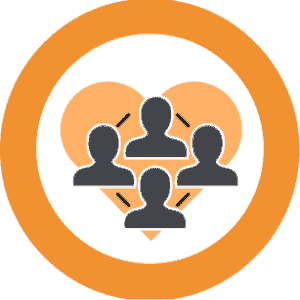
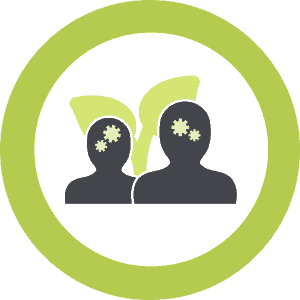
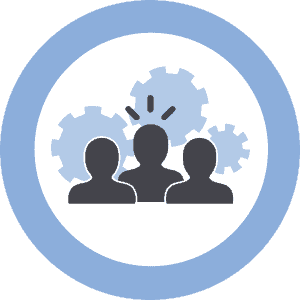
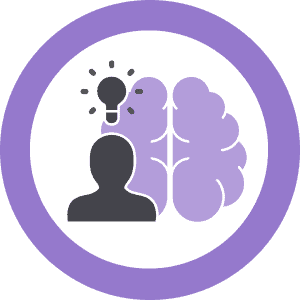
Driving Questions and Suggested Steps
How are we capturing our story?
- Continue to monitor your implementation plan for fidelity and effectiveness - what are you celebrating? Where are your most salient examples of expert learning in action? How has the student and family voice changed within your organization? Explore your progress in the following areas:
- School and district communication strategies
- Discipline policies
- District data systems
- Schedule changes to support greater inclusion of all students
- Processes to actively create opportunities for belonging for all students
- District fiscal practices and policies
- Human resource policies
- Family partnership practices
- Teacher evaluation and coaching policies
- Document changes in your teaching and assessment practices, capturing elements like:
- The evolution of learning goals within your district and their adherence to mastery-based assessment models
- New and exciting engagement strategies
- New and culturally relevant ways to represent content
- New and innovative ways to give students options for action and expression
- How students see their strengths and support needs
- The district’s growth in formal state indicators expressed on the CA dashboard
- Including growth on in your students’ use of universal tools, designated supports, and accommodations within California adopted testing environments
- The evolution of assessment practices, use of technology, and real life connections to standards-based content
- Acknowledge and celebrate the schools within your system meeting their UDL-SICC implementation goals and those choosing certification
- Find any new school leadership teams that might be interested in pursuing certification.
- Continue to monitor your implementation plan for fidelity and effectiveness - what are you celebrating? Where are your most salient examples of expert learning in action? How has the student and family voice changed within your organization? Explore your progress in the following areas:
Where and how do we celebrate and improve together?
- Continuously observe who is involved in discussions and decisions and who is not, whose ideas are instituting changes and whose are being ignored so you can identify barriers to authentic inclusion, belonging, and ownership of the work.
- Collaboratively examine data collected from monitoring efforts. Share results with all interested parties and solicit feedback though a variety of means. Find out what’s working and what could work better.
- Revise district and site implementation plans and supports based on the collaborative analysis of school and district data.
- At this phase, site and district improvement plans are seen as 100% co-constructed with students, families, and communities.
- Continue to revise data dashboards to represent trends in UDL and its impact on student performance.
- You’ve found new ways to measure what you actually treasure as a district.
- Student’s perceptions of the quality of their learning, realtime improvements educator teams could make at the instructional level, etc.
- You’ve found new ways to measure what you actually treasure as a district.
- Encourage staff to innovate on UDL implementation practices, pushing the envelope for what is known about inclusive school and instructional design. In what new ways are educators using UDL to improve teaching and learning? How are they using the UDL framework to change learning experiences/learning environments beyond the classroom or into the community?
How are we continuously learning?
At this point, you should have no shortage of staff who can contribute their expertise, experiences, artifacts, and anecdotes to enhance the professional learning experiences of others. Continuously iterate your professional learning systems to incorporate these assets and think of ways to add new voices into these conversations.
- You have multiple avenues for new and returning staff to brush up and/or deepen their UDL practices
- Teachers now see teaching as a collective action - silos have begun to break down because kids with diverse strengths and needs being taught in one classroom require teachers across departments to collaborate together.
- Continue to focus and iterate on professional learning strategies that provide job-embedded support. How are you supporting district/school coaching staff? How are you growing additional teacher leaders? How are staff learning from each other?
Who still needs help?
- Identify key areas of strength to highlight within your district and community. Examples may include:
- Innovative application of UDL to teaching and learning
- Models of expert learning, both in staff and students
- Changes to policy and procedures to align with the vision and mission
- Decreases in exclusionary practices and segregated placements based on behavior, ability, language, etc.
- Hold periodic reviews of progress, acknowledging both individual and team efforts
- Include data dashboards, artifacts, and student/community feedback to demonstrate impact and support staff confidence and enthusiasm.
- Use the UDL-SICC self-assessment as a progress monitoring tool to measure school-wide implementation. Aggregate data from schools self-assessment will provide districts with a clear snapshot of progress and areas of need on which to focus next.
- Engage with local, regional, and/or state-wide professional learning communities in order to connect with other districts, both those that are similarly situated in their implementation as well as those who are earlier on in the process - who is around you eager for help? Who might be ahead of you or utilizing a different approach to their UDL integration? What learning might you gather?
- Select examples of practice and process to share with other schools and districts to inform their implementation efforts. Consider sharing these at state-wide, national, and international education conferences. These may include (but are not limited to):
- The revised vision along with its predecessor to demonstrate the shifts in thinking and messaging
- Strategies for communication and engagement
- Changes to leadership practices that demonstrate UDL in action
- Key changes to procedures and systems, such as:
- Schedules
- Grading
- District benchmarks
- Resource allocation
- Collective bargaining
- Clear and concrete samples of your teams engaged in cycles of continuous improvement
- Identify what new initiatives you’d like to leverage UDL toward - do you want to increase project based learning? Does your community want to increase virtual learning models, social emotional learning, or STEM?
Markers Showing You’re Ready for the Next Phase (Wherever that might be  ):
):
Your district has a clear identity and a rich history of documenting these elements within the district vision and mission. Your school district cabinet has a well established and iterative process for continuing to revisit these areas internally and externally within your district community
A bank of district and school UDL implementation plans showing different strategies your district has tried in pursuit of improving instructional practices toward UDL
You have proven method for measuring your district’s progress at both implementation and student output levels
You know your strengths and needs as a system as it related to UDL implementation and have a documented history of responding to needs effectively
You’re on the cutting edge of communicating your data effectively and efficiently and your data stories share the information your district, schools, and community actually care about
Your staff, students, and families have communicated across several metrics that they feel like they are known and belong within your system
Your students have made significant progress both academically and socially in local and state measures of success
You’re called on regionally to share your UDL implementation journey and your professional learning practices
You’ve a proven track record of weaving UDL across other district initiatives with theories of action and data proving your district’s effectiveness
You have examples of new and innovative instructional practices representing the next unknown phase of UDL integration and student empowerment
A significant number of schools within your system have earned UDL-SICC certification
Those schools not yet certified have plans in place and are making progress toward UDL-SICC certification
You have a clear understanding of who is thriving and who still needs support within your school system
District and school improvement plans are in place having been co-constructed with your community
You have a list of representatives from other districts within your region who lean into you for support and implementation recommendations
You are involved in multiple communities of practice within your state or territory that inform policy makers on next steps in the way of educational improvement and equity
RESOURCES
Resources to Help You:
We’ve gathered resources from a variety of sources, both here in California as well as nationally. Our intent is to provide you with options that you can choose from to best suit your needs and context.
As you scale and further develop and contextualize your efforts to best support your students, staff, and community, fewer “off-the-shelf” supports exist. However, there are options for individuals and teams looking to connect and collaborate with others across the state who are also implementing UDL. Reach out to Udl@ccee-ca.org to find a network near you or look below to find county offices leading this work within California!
The CA UDL Coalition
The California UDL Coalition, a grassroots consortia of state programs, county offices of education, and nonprofit organizations. The Coalition runs the CA UDL Network, a community of practitioners and organizations across the state that are either implementing UDL or supporting the implementation efforts of others. They meet virtually several times a year.
To learn more about the CA UDL Coalition and how they individually and collectively support UDL, you can email CAUDLCoalition@gmail.com.
Professional Learning and Capacity-Building
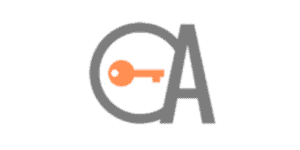
UDL Look-Fors
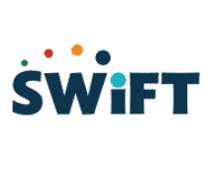
Fidelity Integrity Assessment
This tool may be familiar to you if you’ve already been implementing MTSS as part of the CA MTSS Initiative.
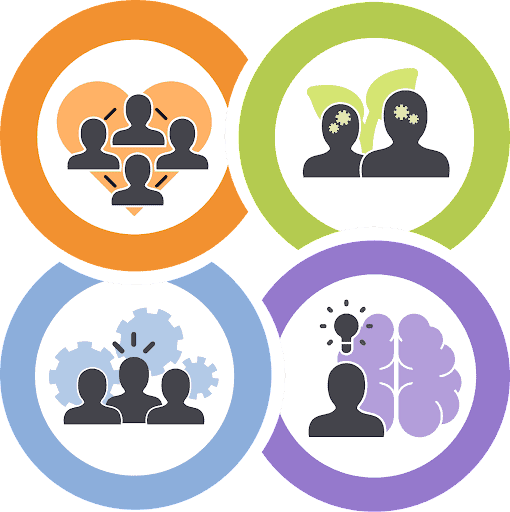
The UDL-SICC Criteria
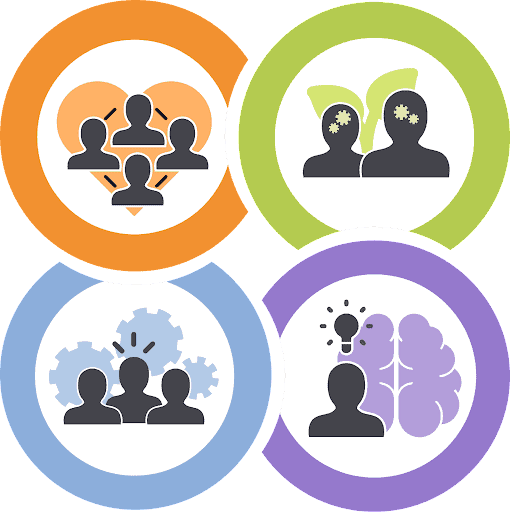
The UDL-SICC Self-Assessment
WORK PLAN
Download a Customizable Work Plan
Enter your information below to download a work plan you can customize to your needs.
UDL School Implementation & Certification Criteria (UDL-SICC) by CAST, Inc. is licensed under CC BY-NC-ND 4.0
UDL-SICC Self Assessment by CAST, Inc. is licensed under CC BY-NC-ND 4.0
